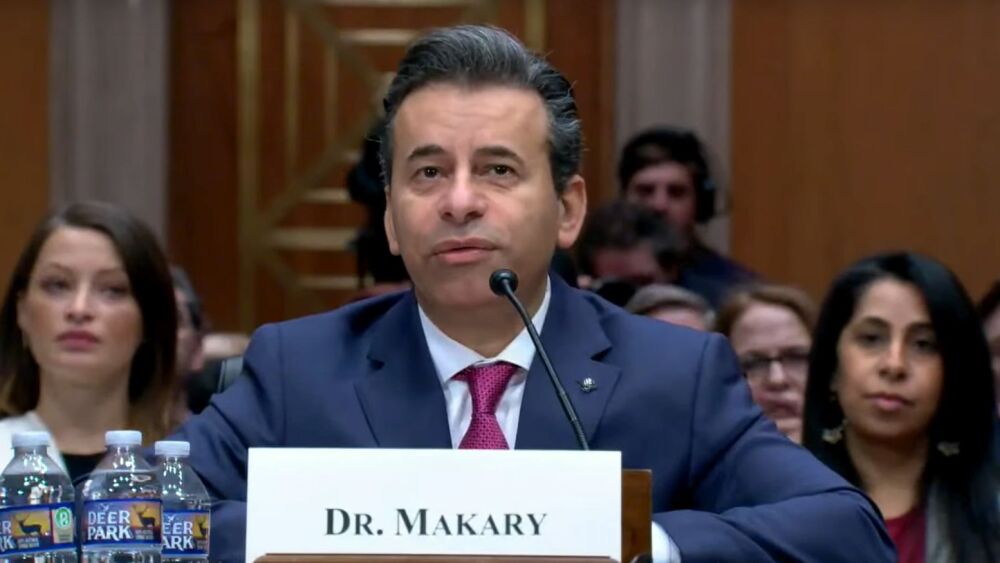Beam, which is one of BioSpace’s NextGen Bio “Class of 2019” Life Science Startups to Watch in 2019, filed its IPO plans with the U.S. Securities and Exchange Commission on Friday.
Nearly seven months after it secured $135 million in a Series B financing round, gene-editing company Beam Therapeutics is eying a listing on the Nasdaq and an initial public offering (IPO) of $100 million.
Beam, which is one of BioSpace’s NextGen Bio “Class of 2019” Life Science Startups to Watch in 2019, filed its IPO plans with the U.S. Securities and Exchange Commission on Friday. The company plans to use the ticker symbol “BEAM.” Proceeds from the IPO are expected to be used to support the continued research and development of its base-editing programs, including preclinical studies and IND-enabling studies for its three delivery modalities.
Beam launched two years ago. Its programs are currently in preclinical stage of development. Beam’s base-editing platforms were developed in the laboratory of David Liu and its RNA base editor platform was developed by Feng Zhang at the Broad Institute of MIT and Harvard. Beam’s technology is seen as a more precise form of CRISPR gene editing techniques. The promise of the company’s base-editing platform is the potential repair of disease-causing point mutations – changes in a single base. Current CRISP editing, such as with Cas9, cuts out larger chunks of DNA.
Beam’s base editing technology is comprised of two key enzymes which zero in on a specific site in the genome and an editing enzyme that changes the base. The base editing technology allows for the rewriting of a mutation in the DNA, which is made up of nucleobases, or “bases,” each represented by a single letter, A, G, T and C. These letters are subsequently encoded in RNA messages for expression by the cell. Base editors are capable of precisely targeting and directly editing just one base out of billions within the genome, without cutting the DNA or RNA. For example, it can change a base from an “A” to a “T.”
“If existing gene-editing approaches are ‘scissors’ for the genome, our base editors are ‘pencils,’ erasing and rewriting one letter in the gene,” Beam said in the prospectus it filed with the SEC.
As Beam explains, its base-editing platform offers a number of advantages over existing platforms like CRISPR-Cas9. Among the advantages are more precise and predictable editing designed to make only one type of base edit at the desired target location.
Earlier this year, Beam presented data at the American Society of Gene and Cell Therapy annual meeting that showed its base editor BE4 demonstrated high-efficiency multiplex base editing of three cell surface targets in primary human T cells, TRAC, B2M, and PD-1. BE4 knocked out expression of each gene in 95%, 95% and 88% of cells, respectively, in a single electroporation, the company said. Each of the genes was silenced by a single targeted base change without the creation of double-strand breaks. That precision showed that the editing of each of the genes may be useful in the creation of CAR-T cell therapies with improved therapeutic properties, Beam said at the time.
Following that announcement, Beam and Japan-based Bio Palette forged a cross-licensing agreement around each companies’ base editing intellectual property. Bio Palette is developing new genome editing technologies for use in various fields, including agriculture and the microbiome.





